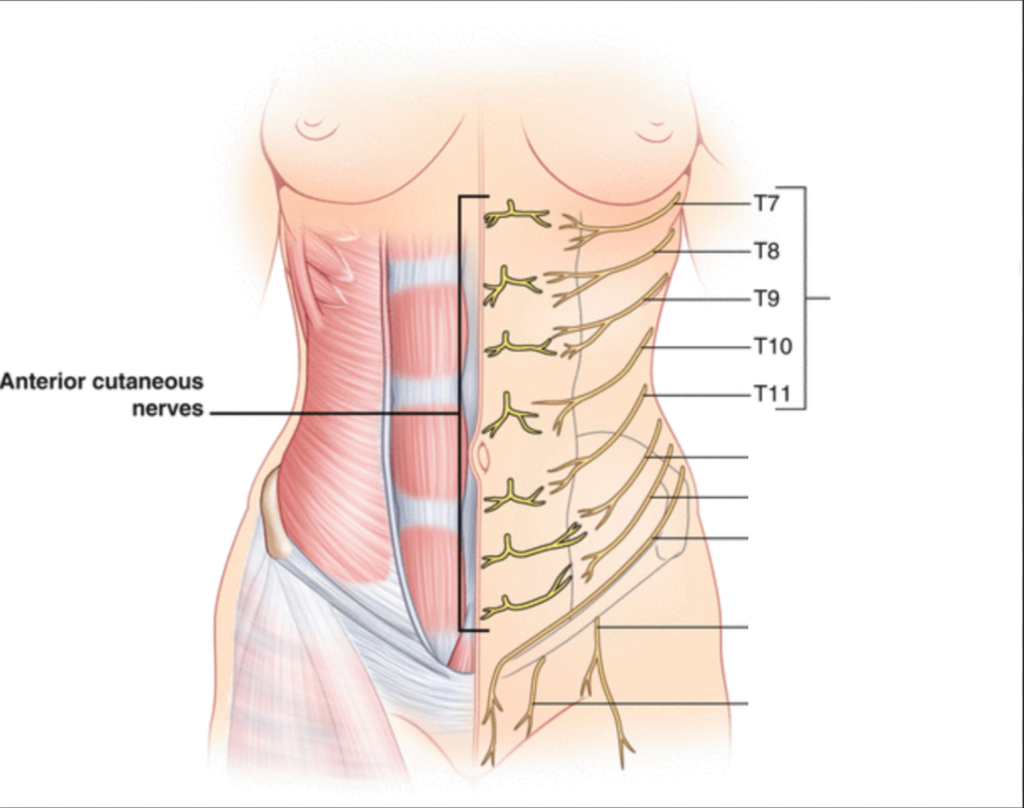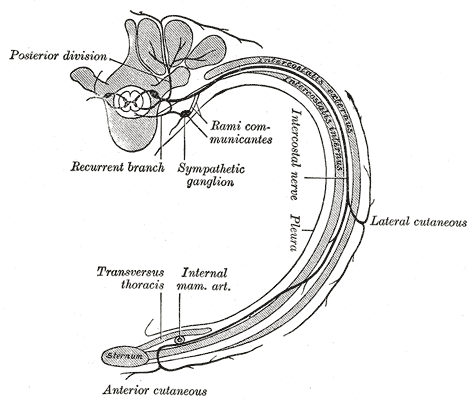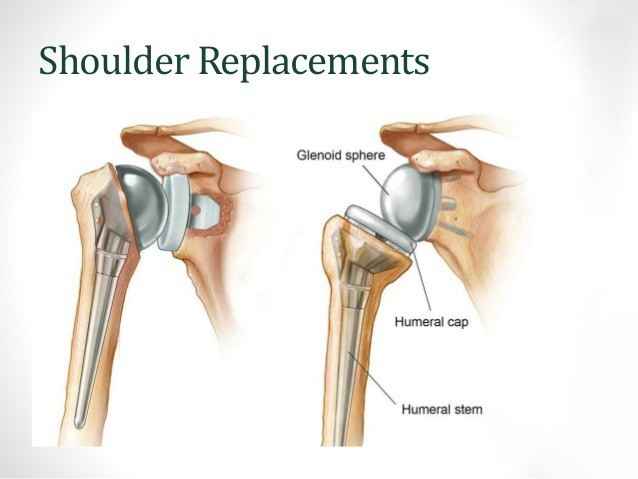Thoracoabdominal Nerve
Introduction

The anterior divisions of the 7th, 8th, 9th, 10th, and 11th thoracic intercostal nerves extend anteriorly from the intercostal spaces into the abdominal wall and are hence directed to as thoracoabdominal nerves/thoracoabdominal intercostal nerves.
They obey a similar course as the upper intercostal nerves until they reach the anterior ends of the intercostal spaces. They pass after the costal cartilages and between the Obliquus internus and Transversus abdominis muscles, ultimately achieving the sheath of the Rectus abdominis muscle, which they penetrate.
These nerves provide stimulation to the Rectus abdominis muscle & terminate as the anterior cutaneous branches of the abdomen, delivering innervation to the skin on the facade of the abdomen.
The lower intercostal nerves innervate the Intercostales and abdominal muscles, with the last three nerves also sending branches to the Serratus posterior inferior muscle. Along their course, they give off lateral cutaneous branches.
These branches penetrate the Intercostales external and the Obliquus externus abdominis muscles, aligning with the lateral cutaneous branches of the upper thoracic nerves. They then divide into anterior and posterior branches, which supply the skin of the abdomen and back. The anterior branches extend downward and forward, reaching nearly the margin of the Rectus abdominis muscle, and provide innervation to the digitations of the Obliquus externs abdominis muscle. The posterior branches travel backwards to supply the skin overlying the Latissimus dorsi muscle.
Anatomy of Thoracoabdominal Nerve
The thoracoabdominal nerve plays a crucial role in providing innervation to various structures in the thoracoabdominal region.

Course:
- The thoracoabdominal nerves originate from the anterior rami of the spinal nerves in the thoracic area.
- They run along the intercostal spaces, located between adjacent ribs.
- As they reach the anterior ends of the intercostal spaces, they pass behind the costal cartilage.
- Between the Obliquus internus and Transversus abdominis muscles, the nerves travel toward the sheath of the Rectus abdominis muscle.
- The nerves then perforate the sheath of the Rectus abdominis muscle to enter the abdominal wall.
Branches and Innervation:
- The thoracoabdominal nerves primarily supply the muscles and skin in the anterior abdominal wall.
- They innervate the Rectus abdominis muscle, which is responsible for flexing the trunk and stabilizing the abdominal region.
- As the nerves reach the sheath of the Rectus abdominis muscle, they terminate as the anterior cutaneous branches of the abdomen, providing sensory innervation to the skin on the front of the abdomen.
Lateral Cutaneous Branches:
- Along their course, the thoracoabdominal nerves give off lateral cutaneous branches.
- These branches pierce through the Intercostales external and the Obliquus externus abdominis muscles.
- They follow a similar path as the lateral cutaneous branches of the upper thoracic nerves.
- The lateral cutaneous parts into anterior and posterior branches.
- The anterior branches supply the skin of the abdomen and extend downward and forward, reaching close to the margin of the Rectus abdominis muscle.
- The posterior branches pass backwards to innervate the skin overlying the Latissimus dorsi muscle.
Clinical Relevance of Thoracoabdominal Nerve
The term “thoracoabdominal nerves” is less commonly used and may refer to nerves that have overlapping innervation of the thoracic and abdominal regions. One example of such nerves is the thoracoabdominal branch of the vagus nerve (cranial nerve X), which has both parasympathetic and sensory fibers.
- Gastrointestinal Function: The vagus nerve, including its thoracoabdominal branch, plays a vital role in regulating various gastrointestinal functions, such as gastric acid secretion, gastric motility, and pancreatic enzyme secretion.
- Abdominal Surgery: Surgeons performing abdominal procedures need to be cautious about the vagus nerve, as injury to its branches can lead to postoperative complications like delayed gastric emptying or gastroparesis.
FAQ
What nerves are in the thorax and abdomen?
The chest & abdominal walls are supplied by the thoracic and thoracoabdominal intercostal nerves, as well as nerves from the lumbar plexus. At the ventral rami of the T7-T11 thoracic spinal nerves, the intercostal nerves arise. The affiliated nerve associated with T12 is the subcostal nerve.
Where are the thoracoabdominal nerves located?
The thoracoabdominal nerves cross within a neurovascular surface between the transversus abdominis & internal oblique muscles before penetrating the posterior rectus sheath. They then cross anteriorly via openings in the linea semilunaris to return sensation from the skin overlaying the rectus abdominis muscle.
What is the Thoracoabdominal area?
The thoracoabdominal part is that area of the body that includes parts of both the abdominal & thoracic cavities. The upper limits of the abdomen are bounded by the diaphragm, which in full expiration elevates to the level of the nipples anteriorly and the tips of the scapula posteriorly.
What causes Thoracoabdominal nerve pain?
Anatomy of thoracoabdominal nerves. The most familiar reason for abdominal wall ache is nerve entrapment at the lateral border of the rectus muscle.
What do the 12 thoracic nerves do?
These nerves & muscles assist regulate the rib cage, lungs, diaphragm, & muscles that help to breathe. T6 via T12 nerves impact abdominal & back muscles. These nerves and muscles are essential for balance & posture, and they aid you cough or deposing an unfamiliar subject from your respiratory airway.





